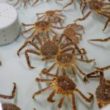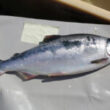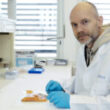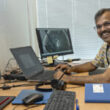SIS CELLCRISP
Use of gene-edited cell lines in aquaculture
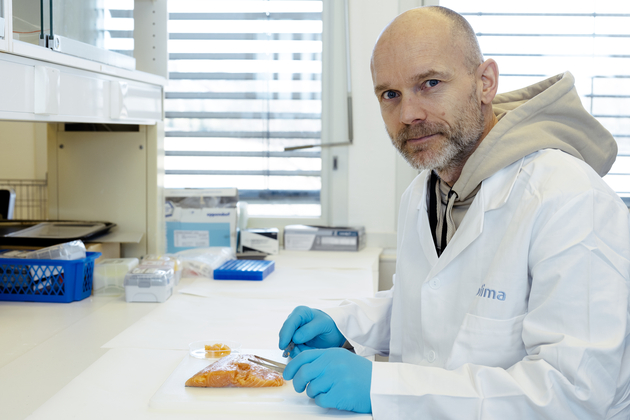
This project aims to explore the use of cell lines and primary cells, combined with gene editing to facilitate aquaculture research.
Start
01. Jan 2025
End
31. Dec 2027
Funded by
Nofima
Project Manager(s):
Other Participants:
Background
Modern breeding programs often include a molecular component, where so-called genome-wide association studies (GWAS) are used to identify genomic areas where genes of interest for breeding are likely to be located. In addition, applied molecular research projects often lead to candidate genes for traits of interest, regardless of whether GWAS has been performed.
Nofima is an established institution when it comes to breeding programs in aquaculture, and we are also highly competent when it comes to analysis of associated molecular data. We are thus in a unique position when it comes to integrating observations from breeding with molecular observations.
Nofima has also built up solid expertise in gene editing of both fish cell lines and fertilized eggs using the CRISPR-Cas system.
Until recently, it has been extremely resource-intensive to confirm which genes are directly involved in relevant traits. Gene editing of fertilized eggs using the CRISPR-Cas system has been used, but this requires several years of breeding of (several generations of) fish and complicated analyses. This SIS project aims to identify gene function using cell lines and primary cells in combination with gene editing technology.
Goal
The goal of the project is to explore the use gene-edited cell lines in aquaculture research. Cell lines play an important role in both basic biology research, clinical research and applied research, and should provide a useful tool when trying to bridge the gap from gene to phenotype in aquaculture species such as Atlantic salmon and Atlantic cod.
Nofima has many projects where elucidation of gene function is an important component. Candidate genes are currently being pursued using traditional molecular methods, as well as gene-editing of fertilized eggs. However, production of pure gene-edited animals has proven extremely resource demanding and time consuming.
We believe Nofima is in a good position to establish itself as an attractive partner when it comes to running projects linking data from gene edited cell lines and primary cells, to traits relevant for aquaculture production. Both industry and academic institutions should be potential collaborators.
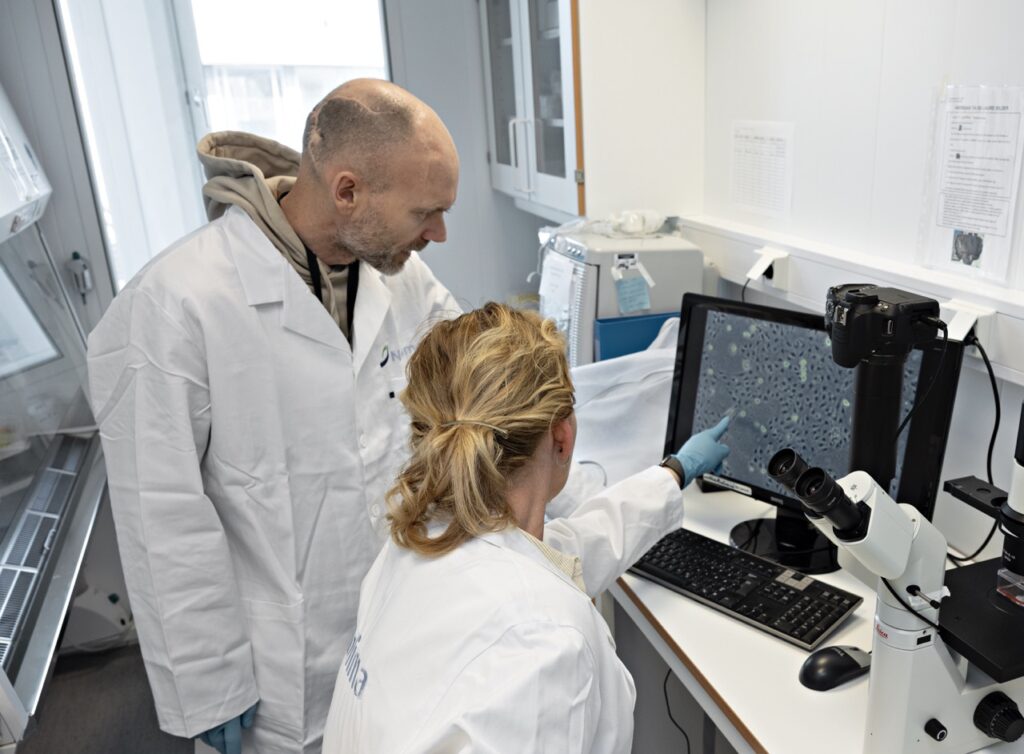
How we work
Nofima is involved in a number of projects that focus on characteristics we wish to modulate in production fish in order to improve food production. Examples include pathogen resistance (bacteria, amoebae, viruses, sea lice, etc.), fat metabolism, pigmentation, growth rates and sexual maturation. To establish the proposed research strategy, we will therefore focus on issues where studies have already been conducted and candidate genes identified.
The first aim of the project will be the purchase and establishment of relevant cell lines. In addition, there should be opportunities for sharing fish cell lines through collaborations with external partners (The Norwegian Veterinary Institute; VI and Norwegian School of Veterinary Science; NMBU).
We also expect increased expertise in establishing cell lines in-house, and develop robust protocols for gene editing. Gene editing will include knockout of genes, editing of regulatory areas, and knock-in of genetic elements.
Candidate genes from projects will be ranked based on previous knowledge, and their expression levels checked in available cell lines/primary cells. Cells that are deemed suitable candidates for a project will then be systematically gene edited.
A trait of particular interest is disease resistance. Cardiomyopathy syndrome (CMS) is a serious heart disease in farmed salmon that causes significant financial losses for the industry. Causal virus (piscine myocarditis virus; PMCV) cannot be cultivated, and breeding programs and the development of a vaccine to limit the disease have proven to be challenging. Other disease include ISA (Infectious Salmon Anemia) and HSMI (Heart and Skeletal Muscle Inflammation).
For these infectious diseases, susceptible cells will be gene edited to render them resistant. This should allow for the identification of genese critical for viral entry and virus replication.
Knowledge about relevant genes will be useful in breeding programmes and in efforts to mitigate diseases using other measures (drugs, feed etc.).
Worth knowing
Strategic priority areas
Nofima invests its own resources in order to increase competence in useful, relevant and innovative areas and strengthen our position among the leading applied research institutes.
